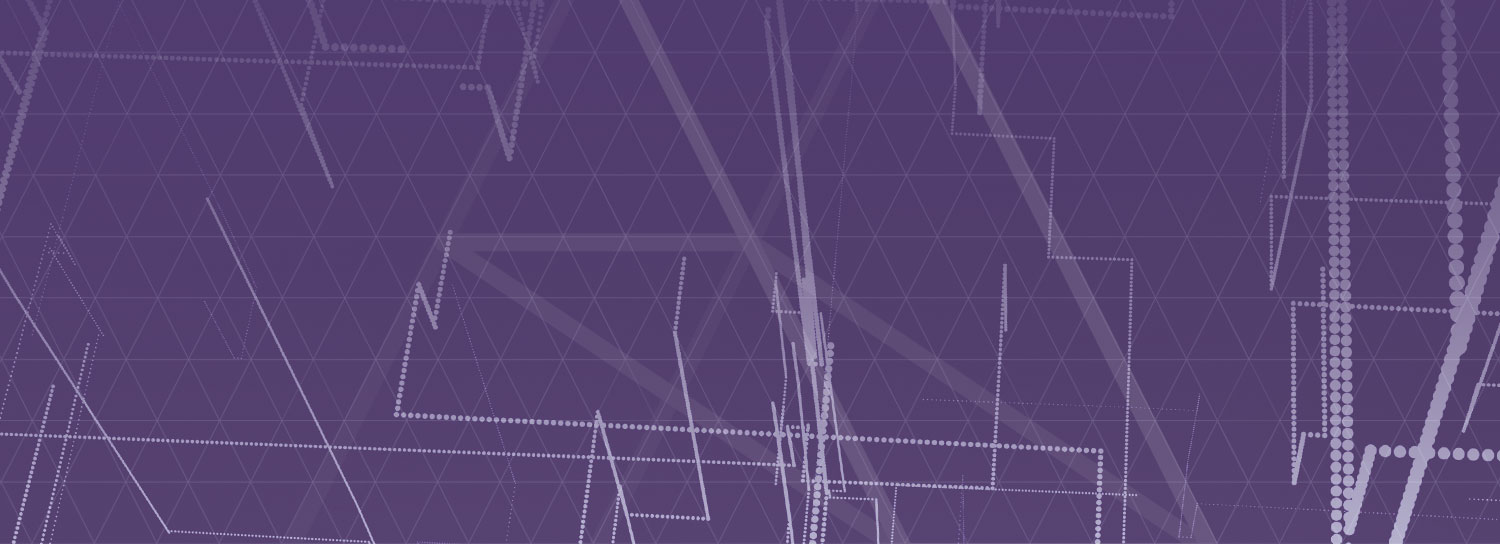
Archetype assesses HarborOne Bank’s Current Versus Future State
Modernization of Analytic Solution
HarborOne Bank was founded in 1917 and currently has 30 branches in southeastern Massachusetts and Rhode Island. It is also the largest state-chartered co-operative bank in New England. HarborOne Bank with HarborOne Mortgage was looking to create a path for a more efficient and effective way to capture, govern, and report their current operational data systems. This project started with an assessment and has led to a modern analytic solution implementation which is currently underway.
Problem
HarborOne Bank was looking for an analytics and data management partner to assess their current reporting and analytical needs to provide an overall recommendation and plan that would address their challenges. The key focus areas of this assessment were around:
Centralized data repository for use across the organization
Standardized reporting with self-service capabilities
Robust data governance processes established along with a center of excellence
Roadmap and plan inclusive of “quick wins”
Solution
This was a non-technical assessment that identified the following toolset to replace HarborOne's current SQL Server environment.
Snowflake
Fivetran (Inbound data)
Shipyard (Outbound data)
Dbt
Power BI
AWS
Result
As a result of this assessment, HarborOne has a clear path forward to modernizing their data and analytics environment. They have insight into the high priority gaps they must address in order to enable efficient self-service analytics including their current production environment, which has no version control or data lifecycle. The reporting is mostly operational in nature and built via complex SSRS packages that can only be created or updated by one or two people. Additionally, they lack a centralized data model or data governance process that controls the prioritization and definition of data. Lastly, stakeholders maintain shadow systems for reporting, due to time lag to develop reports and lack of awareness and availability of data.